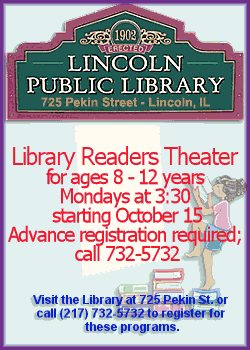 Review by Review by
Richard SumrallSince the dawn of civilization, humans have
been fascinated with the different wonders of the nighttime sky. In his new
book, "The 50 Best Sights in Astronomy and How to See Them," author Fred
Schaaf has chosen "the 50 best sights based on my own lifetime of
passionately seeking astronomical wonders" and presents them "through vivid
details and concise observing instructions." Those instructions are based on
the three most common methods of observation -- the naked eye, a pair of
binoculars and a telescope.
The sights described in the book are presented according to the "field of
view necessary to see them." Field of view represents the width from the
widest to narrowest points of view in the sky. For example, the widest angle
(180 degrees) is the entire night sky -- or the "angular span of the entire
dome of the sky."

"Field of View -- 180-100 degrees, 100-50 degrees and 50-15 degrees with
the Naked Eye"
The first three chapters of the book describe the numerous viewing
opportunities enjoyed with naked-eye observations. One of the most
interesting is the meteor shower or storm. A meteor shower is "a significant
or noticeable number of meteors all appearing to diverge from a single spot
in the heavens." These showers are perennial sights in the night sky. The
earliest one, Lyrid, was first recorded in 687 B.C. Schaaf includes a useful
appendix that contains the annual schedules of some of the major showers.
The widest fixed naked-eye field is 100-50 degrees and includes such
sights as the Big Dipper, North Star, the Orion constellations and the
Summer Triangle Region. Highly visible from June through August, the stars
Vega, Altair and Deneb form a beautiful triangular shape that Schaaf calls
"the summer sky's glorious giant asterism."
Although 50-15 degrees is the moderately wide naked-eye field, it abounds
with spectacular sights of its own. Aside from the bright stars and
prominent constellations, viewers can enjoy the planets Venus, Jupiter and
Mars at their brightest, as well as Venus and Mercury at their greatest
elongation (their maximum angular separation from the sun).
[to top of second column]

 |

"Field of View -- 15-1 degrees (Narrow Naked Eye Field,
Binoculars Field and Wide Telescopic Field)"
In this section Schaaf identifies 17 different sights best
observed with one of the three aforementioned methods of
observation. One extraordinary viewing with the naked eye is the
granddaddy of all deep-sky objects, the Great Andromeda galaxy.
First recorded in the 10th century, the galaxy can usually be
located in November by looking straight overhead, where it emits a
"strange elongated smear of soft radiance."
Binoculars are a great way to enjoy the different phases of the
moon. One of the most beautiful phases, the very thin crescent,
offers two unique sighting opportunities -- earthshine and young
moon/old moon. Earthshine was first realized by Leonardo da Vinci as
"truly the light of our planet Earth itself seen illuminating the
night part of the moon." Young moon/old moon is the first (or last)
visible lunar crescent before or after the new moon phase.

An entertaining telescope viewing involves the different novae,
supernovae and supernova remnants. These remnants are clouds of
material ejected from a supernova and can be viewed with a 16-inch
or 20-inch telescope. One of the most amazing of these sights is the
Crab Nebula, a remnant of a supernova that exploded almost 1,000
years ago.
"Field of View -- 1-0.1 degrees or less (Medium to Narrow
Telescopic Field)"
The night sky in this narrow field of view is best seen through a
good telescope. Among the 16 sights described by Schaaf are
planetary moons, double stars, clusters and bright galaxies. The
classic sight here is Saturn and its rings. As Schaaf points out,
"When people get their first proper look through a good astronomical
telescope, there are two sights that never fail to make them
literally gasp or yell out. One is the surface of the moon. The
other is Saturn."
"The 50 Best Sights in Astronomy and How to See Them" is an
excellent introduction to the sights in the night sky. According to
science writer David H. Levy, a discoverer of 21 comets himself,
"Fred Schaaf is one of the most experienced astronomical observers
of our time. For more than two decades his view of the sky ... has
encouraged tens of thousands of people to turn their eyes skyward."
This book is recommended for backyard astronomers or anyone
wanting to enjoy the many celestial wonders found in the night sky.
[Text from file received
from Richard Sumrall,
Lincoln Public Library District] |